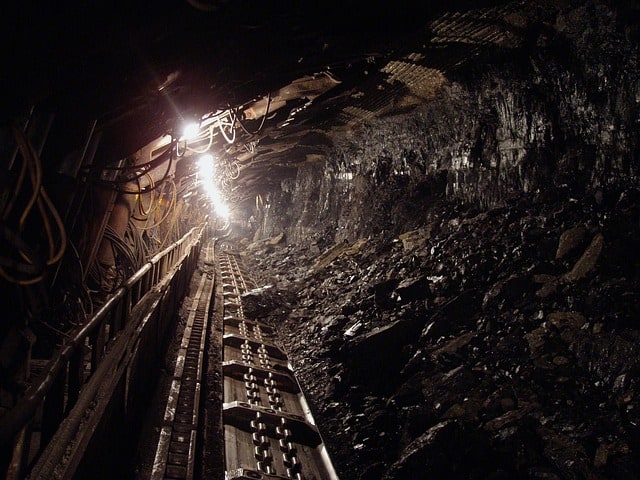Environmental Protection Agency opts not to delay the controversial, massive project Alaska mine, for the moment. A top official at the EPA informed the U.S. Army Corps of Engineers in Alaska that at this point, the EPA would not formally object to the proposed Pebble Mine. It is a vast deposit of gold and copper where mining could harm the largest sockeye salmon fishery in the world.
Christopher Hladick, the EPA’s regional administrator for Alaska and the Pacific Northwest, wrote to Col. David Hibner, the Alaska district engineer, that the agency still has serious concerns related to the plan, including that dredging for the open-pit mine “may well contribute to the permanent loss of 2,292 acres of wetlands and …105.4 miles of streams.”
According to Hladick, the EPA would not take the matter to the leadership of the two agencies, which could cause a delay in necessary approvals required for the project to proceed. The EPA “appreciates the Corps’ recent commitment to continue this coordination into the future,” he wrote.
This move added a new chapter in a years-long battle between a Canadian-owned mining company and commercial fishing operators, native Alaskans, and conservationists who are determined to protect the unique and economically critical sockeye salmon fishery in Bristol Bay.
This summer, the Corps is set to decide whether to grant the Pebble Partnership a federal permit to move ahead with the project. The EPA could still veto such a permit. Last year, it sent a letter to the Corps saying the project planned for southwestern Alaska “may” harm “aquatic resources of national importance.”
However, the EPA had to determine whether the mine “will” cause such harm, and it opted not to do so. It is an indication that the environmental agency does not appear likely to block the mine.
Tom Collier, the chief executive of Pebble Partnership, whose company has proposed a 20-year plan for extracting copper, gold, and molybdenum from a deposit worth hundreds of billions of dollars, acclaimed the decision in a statement as “another indication of positive progress for the project.”
Rich Nolan, president and chief executive of the National Mining Association, also welcomed the EPA’s determination. “It is encouraging to see the permitting process proceeding as intended on this important project, especially after so many years of delay and inappropriate overreach,” he said in an email.
However, the opponents of the proposed mining operation located in a watershed, supporting a long-established Alaska Native subsistence tradition along with a profitable commercial and recreational fishery, noted that the Corps has yet to address the issues that the EPA and other key agencies have raised.
“There are still many substantive issues with the project proposal that have yet to be resolved,” said the vice president of Bristol Bay Native Corp., Daniel Cheyette, whose Alaska Native corporation opposes the mine, which claimed to be the largest in North America.
The EPA’s letter appears contradictory to Mark Ryan, a lawyer who practices privately and earlier served as regional counsel in EPA Region 10 between 1990 and 2014, as said in a phone interview.
“It’s a very odd letter,” Ryan said. “It points out the mine’s very serious environmental damage but then does not invoke EPA’s powers to elevate the issue for further discussion.”






